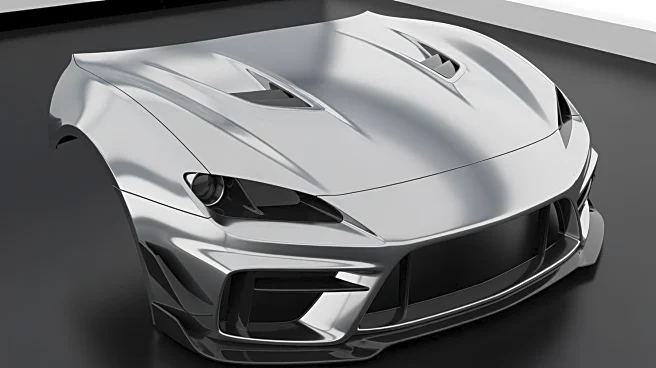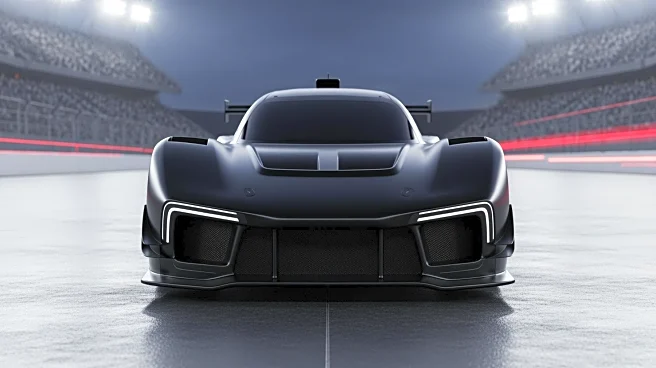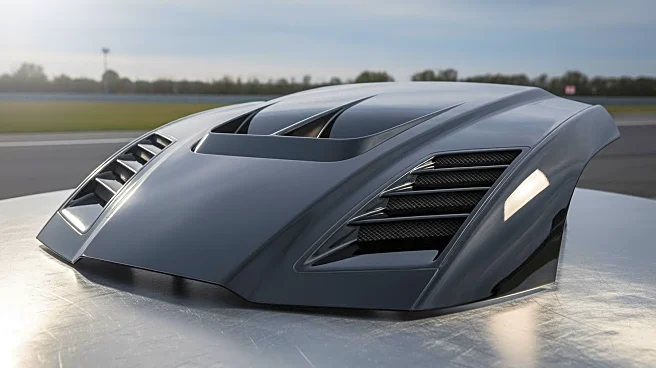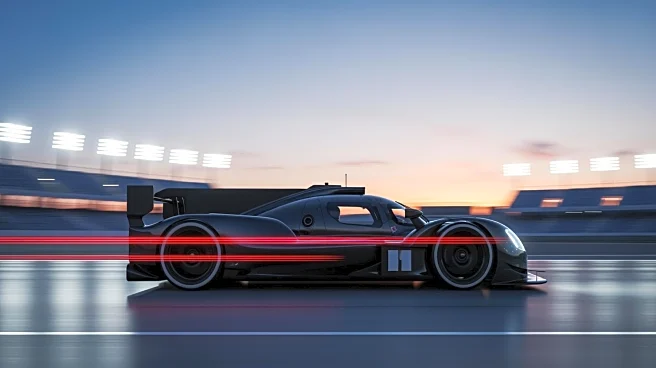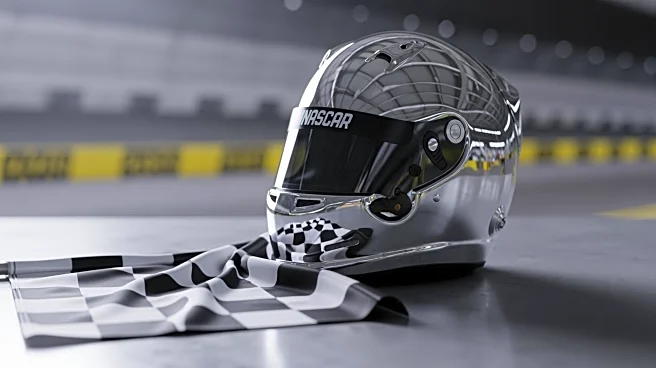What's Happening?
Chevrolet has announced subtle modifications to the body style of its NASCAR Cup Series vehicle for the 2026 season. The changes include a larger hood power dome, a revised front grille, and more pronounced
rocker panels, aligning with the brand's new Carbon Performance Package. These updates are designed to enhance the performance capabilities of the Camaro ZL1, which remains the base model for Chevrolet-backed teams. Chevrolet has a long-standing presence in NASCAR, boasting 881 victories and 34 championships over 70 years. The manufacturer continues to be the most utilized in the series, with 16 full-time entries across various teams. The updated vehicle will debut at a pre-season exhibition event at Bowman Gray Stadium on February 1, 2026.
Why It's Important?
The body-style changes reflect Chevrolet's commitment to maintaining its competitive edge in NASCAR, where it has historically been the most successful manufacturer. By aligning the racecar's design with the Carbon Performance Package, Chevrolet aims to optimize the performance of its vehicles, potentially leading to more victories and championships. This move could strengthen Chevrolet's dominance in the series, impacting team strategies and the overall competitive landscape. Teams using Chevrolet vehicles may benefit from improved aerodynamics and performance, influencing race outcomes and sponsorship opportunities.
What's Next?
The debut of the 2026 Chevrolet Camaro ZL1 Carbon Performance Package vehicle at the Bowman Gray Stadium exhibition event will be a key moment for teams and fans. The event, broadcast live on FOX, will showcase the new design and performance capabilities, setting the stage for the upcoming NASCAR season. Teams will likely assess the impact of the changes on race strategies and vehicle performance, while fans and sponsors will watch closely to see how Chevrolet's updates influence the competitive dynamics of the series.
Beyond the Headlines
Chevrolet's decision to update its NASCAR vehicle design may have broader implications for automotive design trends, particularly in performance vehicles. The integration of the Carbon Performance Package could inspire similar innovations in consumer models, reflecting a shift towards more aerodynamic and performance-oriented designs. Additionally, the changes may influence other manufacturers in NASCAR to pursue similar updates, potentially leading to a new era of design and engineering advancements in the sport.


